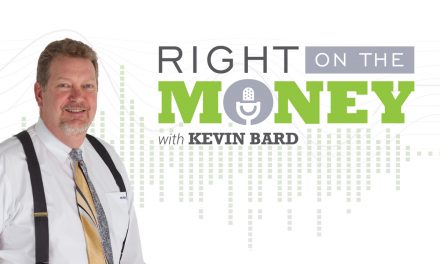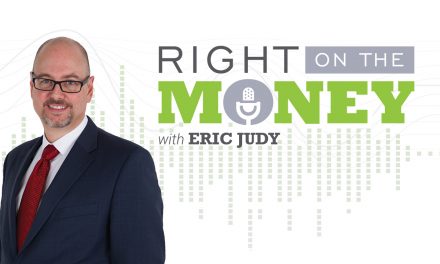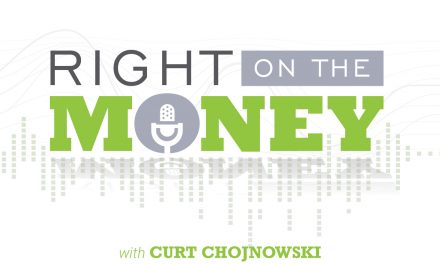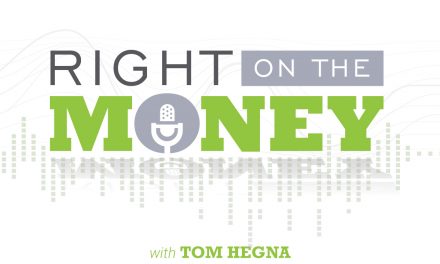Not Taking Required Minimum Distributions Means a 50-Percent Penalty Tax
Most qualified plans fall under the Employee Retirement Income Security Act (ERISA) regulations. Your contributions are tax-deductible and accumulate tax-deferred, so sooner or later, distributions are taxable at ordinary-income tax rates. But to ensure Uncle Same receives his due, you must take require minimum distributions (RMDs) at age 70½. Failure to take adequate RMDs could result in a 50-percent penalty tax, one of the most punitive regulatory fines levied at non-compliant seniors.
The benevolence of the government to offer these tax benefits for qualified retirement accounts is to encourage individuals save for retirement. Every individual has a retirement age in mind of when you start taking distributions from your qualified plans for retirement income. Qualified plan income distributions are taxed at ordinary-income tax rates. Qualified plan income also is includable in the provisional income test for Social Security benefit taxation. Some baby boomers are planning on working to age 70½ to maximize their Social Security benefits and defer the qualified plan income until the mandatory RMDs take effect.
The RMD amount is determined by a special calculation using the IRS Uniform Lifetime Table that takes the total amount in the account and divides it by the number of years the individual is expected to live. Watch the interview with financial planner and IRA specialist, Frank Oliver, as he outlines the basics of cash value life insurance during the distribution period of retirement.
Some retirees may find themselves in a low tax bracket before age 70½ and may determine converting a taxable IRA into a tax-free Roth IRA makes sense. To determine this, one needs to know their effective tax bracket and access how much they can convert within the present bracket.
By paying taxes on IRA conversions to Roth IRAs, you’re managing your RMDs by eliminating some of them each year before age 70½. Then, the Roth IRA income will be distributed tax-free and not count as income for Social Security benefit taxation. But sooner or later, you’ll arrive at age 70½ and mandatory RMDs will need to be distributed. There are two retirement strategies that can help you mange your RMDs after age 70½ if you don’t need the income: Stretch IRAs and Qualified Longevity Annuity Contract (QLACs).
A Stretch IRA is a tax-advantaged strategy to transfer assets from one generation to another and allow the unused portion of the asset to continue to grow tax-deferred. A QLAC permits an individual to defer up to 25 percent of a qualified plan, not to exceed a total of $125,000 to age 85. Both of these strategies—or in combination with each other—can deliver significant economic value to a retiree and their heirs.
Nationally syndicated financial columnist and talk show host Steve Savant interviews financial planner and IRA expert Frank Oliver on maximizing your retirement dollar. Right on the Money is a weekly financial talk show as a daily video press release Monday through Friday. (www.rightonthemoneyshow.com)





